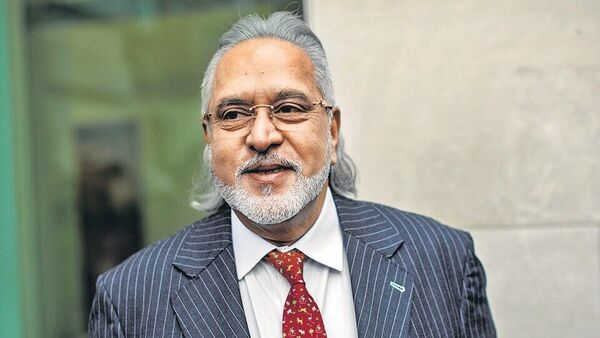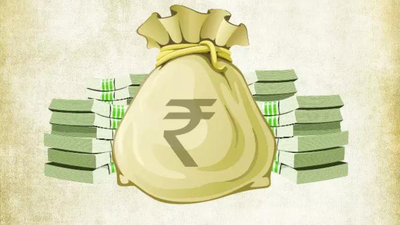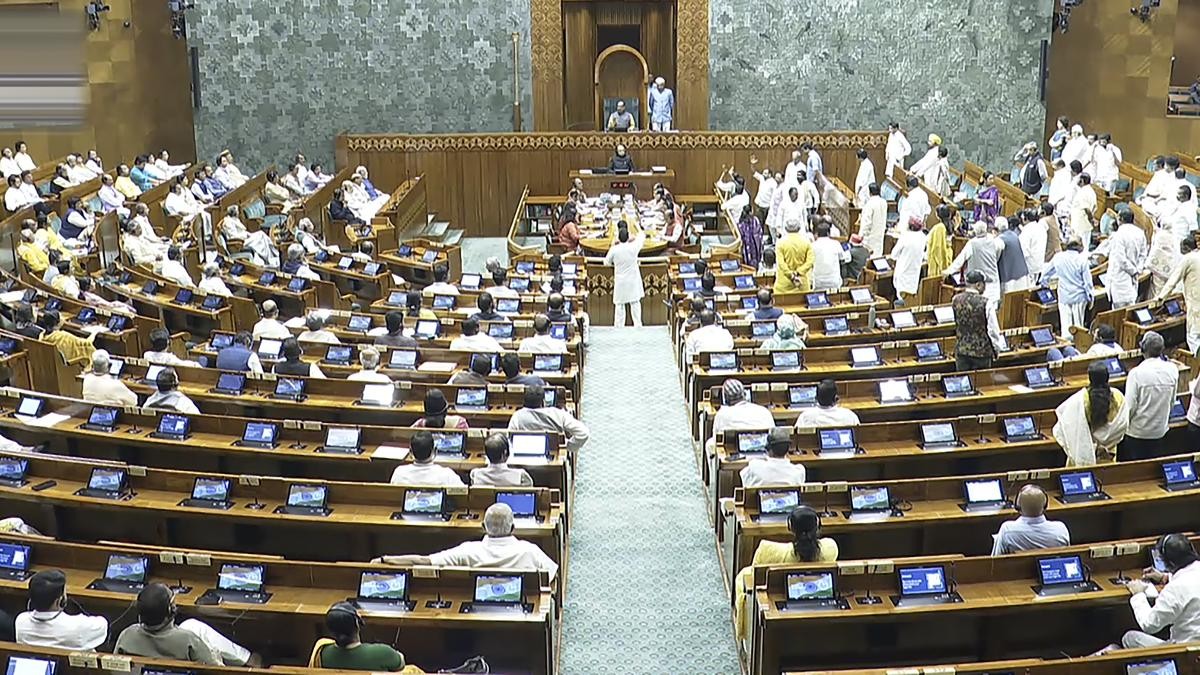Description

Disclaimer: Copyright infringement not intended.
Context
- For expeditious clearance of cheques, the RBI has announced measure on Continuous Clearing of Cheques under Cheque Truncation System (CTS).
- Once implemented cheques would be cleared within hours of submission instead of two days taken currently.
Cheque Truncation System (CTS)
- Cheque Truncation System (CTS), also known as Image-based Clearing System (ICS), is a project initiated by the Reserve Bank of India (RBI) in 2010 to expedite cheque clearing processes.
- The system is designed to enhance the efficiency of cheque processing by utilizing electronic methods rather than physical movement of cheques.
- CTS relies on the capture of cheque images and Magnetic Ink Character Recognition (MICR) data at the collecting bank branch, which are then transmitted electronically.
Cheque Truncation Process
- Cheque truncation involves halting the physical movement of cheques from the drawer to the drawee branch.
- Instead, the physical cheque is truncated at a specific point during its transit, and an electronic image of the cheque, along with pertinent details such as MICR fields, date of presentation, and presenting banks, is sent to the drawee branch.
- This approach eliminates the need for physical cheque transport between branches, reducing processing time, transit costs, and delays.
Magnetic Ink Character Recognition
What is MICR?
- MICR stands for Magnetic Ink Character Recognition. This technology is designed to recognize and process characters printed with magnetic ink.
- It works by encoding information using a specific set of characters that can be read by machines equipped with magnetic sensors.
- Unlike IFSC codes, MICR codes are widely accepted for cross-border fund transfers
- MICR codes cannot be easily copied due to their unique font and use of magnetic ink
- Indian banks each have their own MICR codes

Routing Number:
- A nine-character number identifying the bank where the check is drawn.
- Issued based on the state of operation.
- Example: Every check from a Chase bank branch in Florida has the same routing number.
Account Number:
- A 12-character number identifying the checking account associated with the check.
- Consistent for all checks from that account at the bank.
Check Number:
- A three- or four-character number identifying a specific check in a series.
- Matches the number printed at the top right-hand corner of the check.
- Some banks may reverse the order of account and check numbers.
Special Characters:
- Four symbols used to indicate Transit, Amount, On-Us, and Dash.
- Surround the routing, account, and check numbers to delimit various components.

The MICR E13-B characters consist of ten specially designed numbers (0 through 9) and four special symbols (Transit, Amount, On-Us, and Dash).
Transit symbol
- The Transit symbol tells the reader sorter that the numerals between these symbols are the routing number that identifies the institution on which the check is drawn and where the document should be sent for processing.
- Checks are not processed in branch offices, but in central processing locations, which ensures that documents take the shortest route and the shortest processing time.
Amount symbol
- The Amount symbol tells the reader sorter that the numbers between the symbols are the amount of the check in cents.
- You seldom see this symbol or the Amount field when you are developing an application, printing a MICR job, or servicing the MICR printer.
- The amount is normally added later by the bank. However, some customer applications may add the Amount field while printing checks.
On-Us symbol
- The On-Us symbol tells the reader sorter that the next few numbers identify the account. Because the issuing institution determines the content of the On-Us field, the bank branch on which the check is drawn may also be indicated.
- On larger business size checks, the On-Us symbol is also used to define a field on the left end of the check. This optional field, called the Auxiliary On-Us field, frequently contains a multiple digit serial number.
Dash symbol
- The Dash symbol is sometimes used as a separator within the On-Us Field, although reader sorter manufacturers discourage its use because of detection problems.
- Some banks use the Dash symbol to separate the bank branch number from the account number.
MICR Fonts:
- Numbers and symbols use one of two custom MICR fonts: E-13B or CMC-7.
- Certified by the International Organization for Standardization.
- Font usage varies by country.
MICR E13-B characters size
- All of the MICR E13-B characters are designed on a 7 by 9 matrix of 0.013 inch (0.33 mm) squares.
- The minimum character width is four squares (or 0.052 inch (1.3 mm)) for the numbers 1 and 2.
- The maximum width is 0.091 inch (2.3 mm) for the number 8, 0, and four special symbols.
- All characters except the On-Us and Dash symbols have a height of 0.117 inch (3 mm).
- The height of the On-Us symbol is 0.091 inch (2.3 mm), and the dash is 0.052 inch (1.3 mm).

MICR Code Format
In the banking sector, MICR technology is used to verify documents and reduce processing costs for checks and other paperwork. The MICR code, located at the bottom of checks, includes:
- The first three digits represent the city code.
- The next three digits indicate the bank code.
- The final three digits denote the branch code.
Characteristics of MICR
- Magnetic Ink: Uses magnetic ink containing iron oxide particles, allowing characters to be detected by magnetic sensors.
- Character Recognition: Facilitates automated recognition and processing of characters, typically numeric digits and special symbols, in a specific MICR font.
- Machine Reading: MICR characters are read by magnetic sensors or MICR readers, which detect the magnetic properties and convert them into digital data.
- High Accuracy and Reliability: MICR is resistant to smudging, fading, and tampering, making it ideal for secure and accurate data capture, especially in banking.
- Standardized Format: Adheres to international standards for consistency in character placement, font design, and encoding rules.
How MICR Line Works
The MICR line is printed using magnetic ink and can employ different fonts:
- E-13B: Contains 14 letters, ten decimal digits, and several unique symbols.
- CMC-7: Uses a barcode format with 15 characters, including control characters and numeric values.
- Magnetic ink or toner, which includes iron oxide, is used to prepare these fonts to ensure easy reading by magnetic sensors.
- MICR codes are printed using magnetic ink, which helps to prevent duplication and allows computers to accurately read and decode information such as cheque numbers, account numbers, and routing numbers from MICR lines.
- In addition to preventing duplication, the use of magnetic ink allows computers to accurately read characters that may have been covered by bank stamps, cancellation marks, signatures, or other types of marks or inks.
Features of MICR
- Resistance to Tampering: MICR is recognized even if stamps or signatures are placed over it, making it highly secure.
- Forgery Resistance: The ink used is difficult to trace, which helps prevent document forgery.
- Error Reduction: The system reduces the rate of mistakes in processing.
History of MICR
- Developed in the 1950s, MICR was introduced to automate check processing in the banking industry, enhancing efficiency and accuracy.
- The American National Standards Institute (ANSI) and the International Organization for Standardization (ISO) set standards for MICR printing, defining the font, character set, and encoding rules.
Advantages of MICR
- Efficiency: Significantly reduces processing time and increases accuracy.
- Automation: Enables quick and reliable processing of large volumes of checks.
- Security: Its resistance to tampering and standardized format enhance security.
Disadvantages of MICR
- Cost: Implementation can be expensive due to specialized ink, sensors, and readers.
- Limited Flexibility: Magnetic ink restricts document design options and requires specific printing equipment.
- Alternatives: Advances in digital imaging and optical character recognition (OCR) offer alternatives to MICR for certain applications.
Conclusion
- While MICR is primarily used for check processing, it also finds applications in document sorting, payment processing, and security printing. The advantages and limitations of MICR may vary depending on its application and industry.
 Types of Images
Types of Images
- The Cheque Truncation System eliminates the need for physical movement of cheques during the clearing process. Instead, electronic images of the cheques are captured and transmitted between banks.
- This system involves the capture and transmission of three types of images:
- Front Gray Scale: Minimum resolution of 100 dots per inch, format JFIF, and JPEG compression.
- Front Black and White: Minimum resolution of 200 dots per inch, format TIFF, and CCIT Group 4 compression.
- Back Black and White: Minimum resolution of 200 dots per inch, format TIFF, and CCIT Group 4 compression.
- Additionally, Magnetic Ink Character Recognition band data, including cheque number, Magnetic Ink Character Recognition code, short account number, and transaction code, is captured.
- The clearing process relies on these images, which are sent to the drawee banks, and settlement is based on the captured Magnetic Ink Character Recognition data. Physical cheques are retained by the presenting bank.

Benefits of Cheque Truncation System (CTS)
Customer Service
- Enhanced customer service as cheques received up to the clearing cut-off time can still be presented.
- Simplified information retrieval for customers.
Operational Aspects
- Magnetic Ink Character Recognition amount encoding is no longer required on cheques.
- Reconciliation discrepancies are eliminated since Magnetic Ink Character Recognition data and images are transmitted together.
- Risk is minimized:
-
- No loss, tampering, or pilfering of cheques.
- Data and images are secure from manipulation through digital signatures.
- Enhanced cheque security with new standards, such as the CTS 2010 Standards.
Commercial Aspects
- Costs associated with paper movement are eliminated.
- Improved liquidity management for banks with Grid CTS.
- Clearing House jurisdiction is no longer limited by geographical boundaries.
CTS 2010 Standards
- The Reserve Bank of India has assigned joint responsibility to the National Payments Corporation of India and the Indian Banks’ Association for implementing the "CTS 2010 Cheque Standards."
- The CTS 2010 Standards include both mandatory and optional features.
Mandatory Features:
- CTS India Watermark
- Void Pantograph
- Bank’s Logo in UV Ink
- Standardized Field Placements
- Specific Cheque Colors and Backgrounds
- Account Number Field
- Micro Lettering
- New Rupee Symbol
- Printer Name along with CTS 2010

New Steps being taken
- The Reserve Bank of India (RBI) has introduced measures for Continuous Clearing of Cheques under the Cheque Truncation System (CTS).
- The new system will allow cheques to be cleared within hours of submission, compared to the current two-day clearing cycle.
- The transition aims to enhance efficiency by moving from batch processing to continuous clearing with ‘on-realisation-settlement’.
- The improvement is intended to reduce settlement risk for participants and enhance customer experience.
- Cheques will be scanned, presented, and cleared within a few hours during business hours.
- The clearing cycle will be shortened from the current T+1 days to a few hours.
- Detailed guidelines for this new process will be issued soon.
READ ALL ABOUT UPI:
https://www.iasgyan.in/daily-current-affairs/upi-4
https://www.iasgyan.in/daily-current-affairs/upi
|
PRACTICE QUESTION
Q. Consider the following statements regarding the Cheque Truncation System (CTS):
- CTS, initiated by the Reserve Bank of India (RBI) in 2010, uses physical movement of cheques for clearing.
- CTS enhances cheque processing efficiency through Magnetic Ink Character Recognition (MICR) data.
- The system is also known as the Image-based Clearing System (ICS).
Which of the statements given above is/are correct?
A) 1 and 2
B) 2 and 3
C) 1 and 3
D) 1, 2, and 3
Answer: B) 2 and 3
Explanation:
- Statement 1 is incorrect. The Cheque Truncation System (CTS) does not involve the physical movement of cheques but rather utilizes electronic methods for clearing.
- Statement 2 is correct. CTS improves the efficiency of cheque processing by electronically capturing cheque images and Magnetic Ink Character Recognition (MICR) data at the collecting bank branch.
- Statement 3 is correct. The Cheque Truncation System (CTS) is also referred to as the Image-based Clearing System (ICS).
Thus, the correct answer is B) 2 and 3.
|
SOURCE: THE HINDU









 Types of Images
Types of Images







